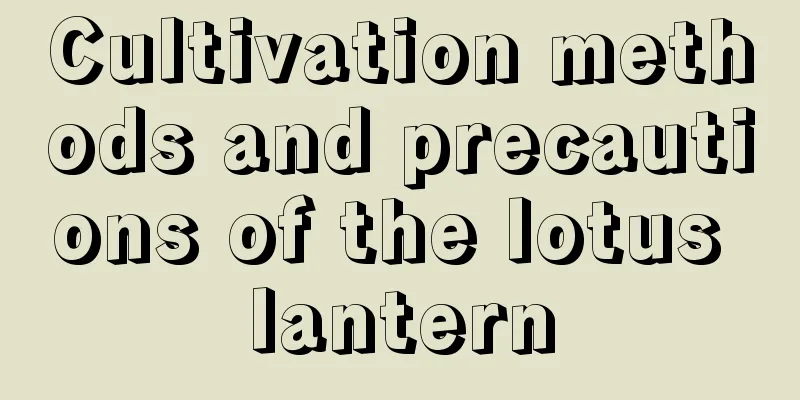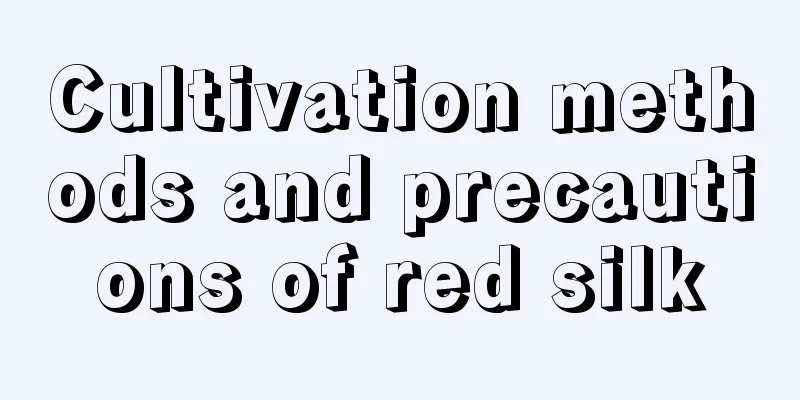Why can’t the succulents I bought grow to good condition (succulents are difficult to grow and have no color)

Why do succulents always fail to survive and are not in good condition?(1) Understand the growth habitsThe native habitats of succulents are mainly the west coast of South Africa, the southwestern United States and the Mexican plateau. These areas are warm in winter and cool in summer, with a large temperature difference between morning and evening. The annual average temperature remains at around 20°C for a long time, and does not even exceed 30°C during the high temperature period in summer. In addition, its regional environment is rich in mineral resources, providing a suitable growth environment for succulents. The climatic conditions in my country's Yunnan-Guizhou Plateau, Shandong coastal areas and other regions are relatively close to their native places, so they are also known as "the place of cheating". However, the natural environment in most areas does not meet the requirements, especially in hot cities in summer and cold areas in winter. Succulents will enter a short dormant state, so they need to be properly protected during periods of extreme heat and cold. (2) Learn how to prepare soilThe soil requirements for growing succulents are slightly higher than those for general potted plants. In addition to being loose and breathable, it also needs to contain a certain proportion of mineral particles. Although garden soil, humus soil, sandy loam, etc. can also grow some varieties that are not very demanding on the soil, the shape control and coloring effects are not good. It is recommended that you use a mixture of peat and mineral particles to mix the soil, which can prevent water accumulation and increase the air permeability of the root system, and it is also helpful for coloring. (3) Correct root pruning and pottingLearning how to prune roots and plant them in pots is also the basis of growing succulents. After getting new succulents, you can first clean the dead leaves at the bottom of the rosette, then prune the roots appropriately, and soak them in a diluted carbendazim solution to prevent them from carrying bacteria and insect eggs. Before potting, dry the wound first, then use slightly moist soil to pot, and place it in a well-ventilated and diffused light environment. During this period, give a small amount of water according to the dryness and wetness of the potting soil until the plant has adapted to the pot. Factors that influence whether succulents can be grown to color(1) LightingExcept for the soft-leaf Haworthia and vine succulents which prefer diffuse light environments, most succulents like sunlight. Adequate light helps prevent excessive growth and helps with coloring. (2) HumiditySucculent plants are drought-tolerant and avoid waterlogging. Long-term waterlogging can easily lead to leggy growth and root rot. Long-term exposure to rain in an open-air environment can easily lead to sooty mold, powdery mildew and scale insects. Therefore, it is a basic principle to prefer dryness to wetness or alternating dryness and wetness. (3) Temperature differenceSucculents need a temperature difference of more than 10℃ to color. The temperature difference between morning and evening is large in autumn and early winter, so it is also the most beautiful season for succulents. The temperature difference in other seasons is not obvious, and the temperature difference can only be artificially created by simulating the greenhouse environment. |
>>: The best way to transplant Mo Lan (Mo Lan potted planting method and transplanting tips)
Recommend
Keep it in a pot in the summer, it absorbs formaldehyde and improves feng shui, making your home immediately more oxygenated!
Plant a pot of Monstera at home to increase humid...
What to do if the leaves of the double-line arrowroot turn yellow
1. Hydration During the cultivation period of dou...
What fertilizer is good for gardenia?
1. Is the fertilizer requirement high? Generally ...
The reproduction method of Red Cloud Crape Myrtle
Red Cloud Crape Myrtle Cuttings There are two way...
Is Jade Plant Suitable for Deep or Shallow Pots?
Is Jade Plant Suitable for Deep or Shallow Pots? ...
How to grow aloe vera
1. Choose the soil When planting aloe vera, do no...
How often should I water the black magic master in summer? Summer watering method
Black Master watering frequency in summer Black M...
What are the methods for propagating lilacs? Is lilac easy to grow?
1. Breeding Methods 1. Sowing: There are many way...
Begonia growth environment conditions and characteristics
Begonia Growth Environmental Conditions and Requi...
How to grow five-color plum to make it bloom more
How to make five-color plum blossom During the fl...
When is the best time to sow lisianthus?
Eustoma sowing time Lisianthus is a perennial pla...
Can enzymes be used as fertilizers?
Enzyme as fertilizer Enzymes can be used as ferti...
During his four years in college, he turned his dormitory into a small garden. Even the dormitory manager must have been so envious!
Science-oriented man's passion for growing fl...
Clivia and Money Tree...if they grow slowly, it’s your fault that you don’t know how to change the pot!
Clivia When to repot When the small pot can no lo...
Cultivation methods and precautions of Artemisia selengensis
Growth habits of Artemisia strychnifolia The bran...









